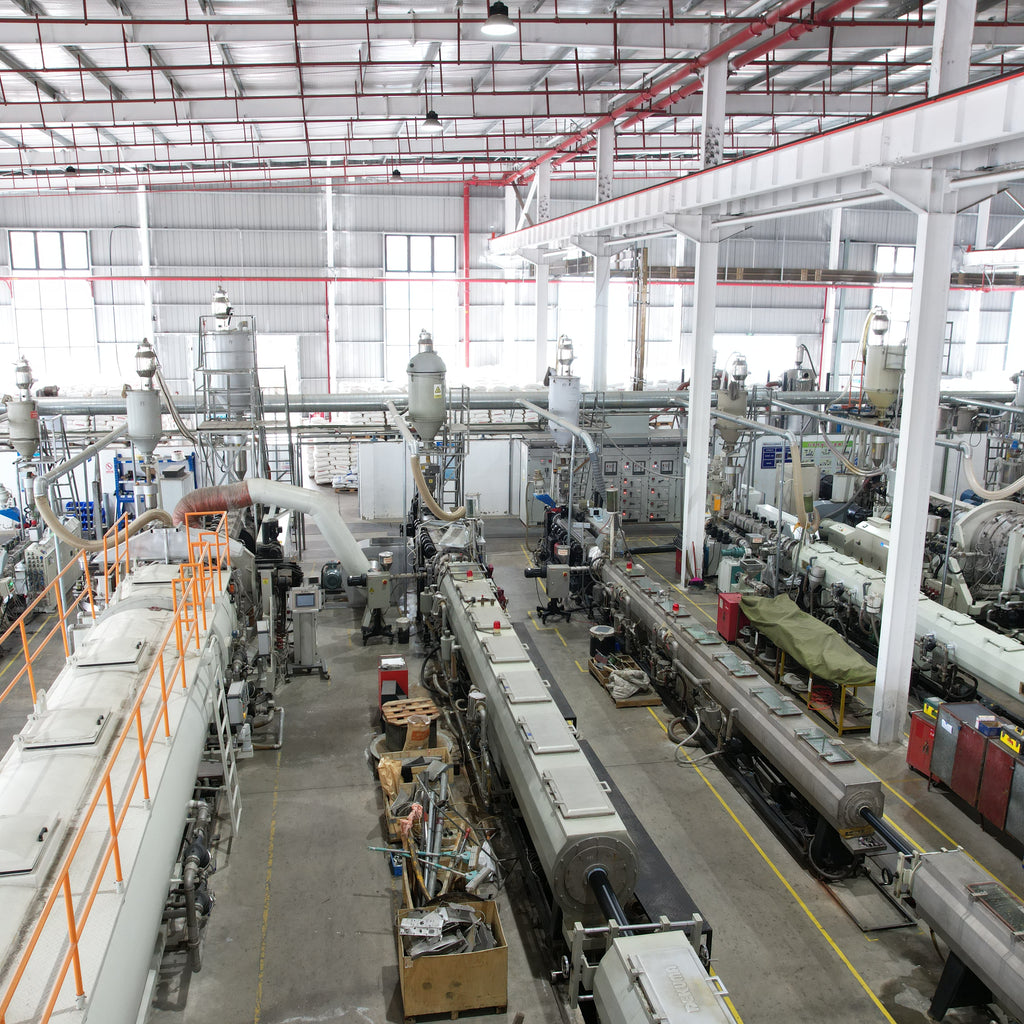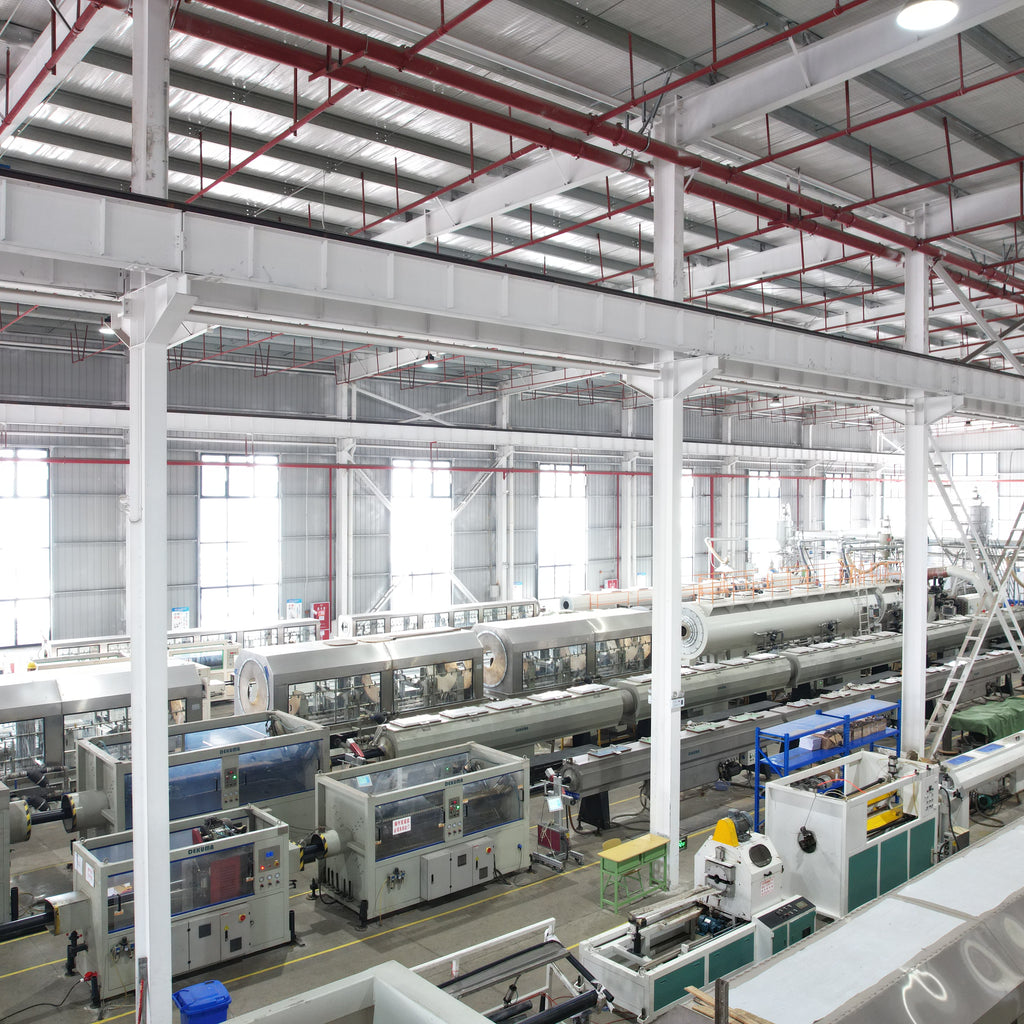Global Developments in the Pipeline Industry: Innovation, Expansion, and Collaboration
In the ever - evolving landscape of the global pipeline industry, recent events have signaled significant shifts and advancements. These developments not only impact the energy sector but also have far - reaching implications for various industries and economies worldwide.
Technological Breakthroughs in Pipeline Materials
One of the most notable trends is the innovation in pipeline materials. At the recently concluded 8th China International Pipeline Conference (CIPC), Ansteel Group emerged as a key player. The company showcased its "full - specification, full - variety" pipeline steel matrix, along with remarkable low - carbon technology achievements. This display attracted high praise from both domestic and international experts. Ansteel's X90/X100 ultra - high - strength pipeline steels, as well as pipeline steels for new energy applications, have already been successfully implemented in major domestic and international pipeline projects such as the China - Russia Eastern Gas Pipeline and the West - East Gas Pipeline. These products offer a "Chinese solution" for the construction of global energy arteries.
Furthermore, in the field of pipeline installation technology, Jiangxi Ganrui Industrial Co., Ltd. has obtained a patent for a "power engineering pipeline installation device." This innovation, with the authorization announcement number CN222874422U, is designed to enhance the stability of pipeline clamping during installation, thus improving work efficiency and the quality of pipeline construction.
Expansion of Pipeline Networks and Market Dynamics
In Canada, a group of 36 First Nations is in the process of purchasing a 12.5% stake in the West Coast Natural Gas Pipeline. The pipeline, which was built in 1957, transports gas from northeast British Columbia and northwest Alberta to the Fraser Valley. This acquisition not only provides economic benefits to the First Nations but also indicates a new trend in the ownership and operation of pipeline assets. It shows how indigenous communities are increasingly involved in the energy infrastructure sector, which may lead to more inclusive and sustainable development models.
In China, the national pipeline network group is making significant progress. During the World Gas Conference held in Beijing from May 19th to 23rd, the group presented its achievements in building a world - class energy infrastructure operator with Chinese characteristics. Through six core exhibition areas, including the open service trading platform, the national natural gas network, LNG receiving station business, energy storage business, intelligent control, and scientific and technological innovation, it demonstrated its role in promoting the "X + 1+X" oil and gas market system construction. The open service and trading platform, in particular, has attracted much attention. It can achieve rapid response in the whole process of "demand release - path intelligent matching," significantly improving resource allocation efficiency.
Policy - driven Growth and Upcoming Challenges
In the context of urban development, the pipeline industry is also being propelled by policy - related factors. The Chinese government, for example, is committed to the continuous upgrading and transformation of urban underground pipelines. According to the National Development and Reform Commission, in the next five years, it is estimated that about 600,000 kilometers of gas, drainage, and other pipelines need to be updated and renovated, which is expected to create an investment demand of approximately 4 trillion yuan. This large - scale infrastructure project will not only improve urban resilience and the living environment but also bring new development opportunities to the pipeline manufacturing, installation, and maintenance industries.
However, with these developments come challenges. As the pipeline industry expands globally, ensuring the safety and environmental sustainability of pipelines becomes crucial. The construction and operation of pipelines need to comply with increasingly stringent environmental and safety regulations. Additionally, the integration of new technologies, such as smart monitoring systems and environmentally friendly materials, requires significant investment in research and development and staff training.
The global pipeline industry is at a critical juncture of development, with innovation, expansion, and policy - driven growth being the main themes. As various countries and companies continue to collaborate and invest in this field, the pipeline industry is expected to play an even more important role in the global energy and infrastructure landscape in the coming years.
Sample Block Quote
Nam tempus turpis at metus scelerisque placerat nulla deumantos sollicitudin delos felis. Pellentesque diam dolor an elementum et lobortis at mollis ut risus. Curabitur semper sagittis mino de condimentum.
Sample Paragraph Text
Lorem ipsum dolor sit amet, consectetur adipiscing elit. Morbi ut blandit risus. Donec mollis nec tellus et rutrum. Orci varius natoque de penatibus et magnis dis parturient montes, nascetur ridiculus mus. Ut consequat quam a purus faucibus scelerisque. Mauris ac dui ante. Pellentesque congue porttitor tempus. Donec sodales dapibus urna sed dictum.



